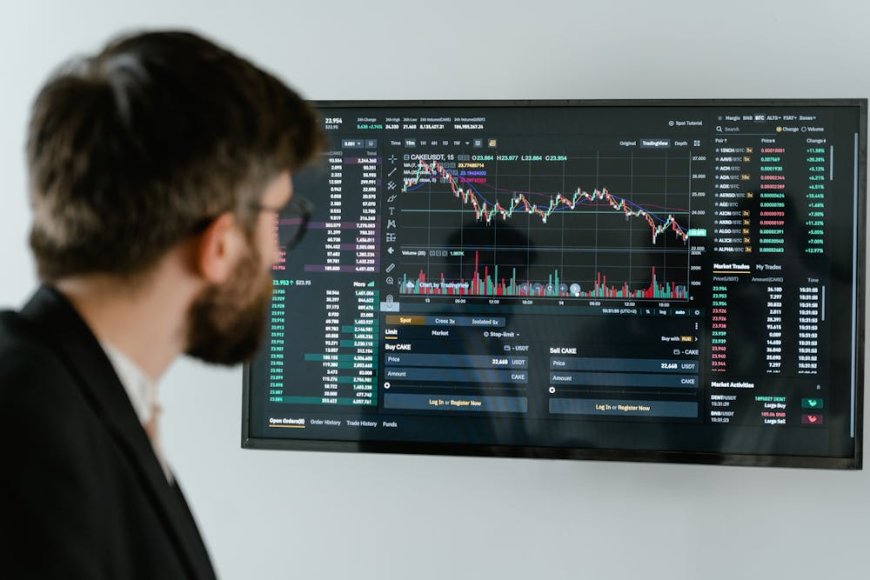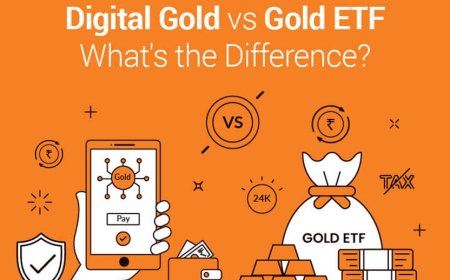The Role of Geopolitics in Commodities Trading

Markets respond to headlines, but commodities often move ahead of the news. From oil to metals, from wheat to gold, geopolitical events shape the landscape in ways both immediate and long-term. For those involved in commodities trading, understanding these global influences is not just helpful but its also essential.
Supply Chains on the Front Line
When geopolitical tensions rise, the first casualties are often supply chains. Sanctions, trade wars, and embargoes can disrupt the flow of key materials across borders. A blockade in the Red Sea or a pipeline sabotage in Eastern Europe can send shockwaves through the markets almost instantly.
This is especially true for energy commodities. Oil and gas markets are particularly sensitive to political instability in regions like the Middle East, Eastern Europe, or West Africa. A single announcement can cause major price swings, not because of actual shortages, but because of the threat of one.
Commodities as Economic Weapons
Governments dont just react to commodities markets, they use them strategically. Export bans on food or raw materials, for example, can be used to apply pressure in trade negotiations or political standoffs. These moves may not last long, but they often cause enough disruption to alter trends in commodities trading.
Chinas control over rare earth elements or Russias influence on global wheat and natural gas supply are prime examples. Traders who keep a close eye on diplomatic developments and international policies can often spot potential opportunities or avoid sudden collapses.
The Influence of Currency and Policy Decisions
Geopolitics also plays out in monetary and fiscal decisions. Central banks may adjust interest rates in response to inflationary pressures caused by rising commodity prices. Currency devaluations or capital controls, triggered by international tensions, affect global trade and can distort pricing.
For instance, if tensions between two major economies escalate, investors may flock to safe-haven assets like gold. This sudden shift in demand often results in sharp movements, creating volatility in commodities trading that purely technical analysis might not predict.
Investor Sentiment and Market Psychology
Its not just about the hard data. Headlines move markets because they move people. Fear and uncertainty can cause overreactions, while perceived resolutions can trigger sudden rallies. Sentiment often outpaces fundamentals in the short term.
Traders need to filter the emotional noise from actionable information. That means recognizing which geopolitical events are temporary distractions, and which ones carry deeper, structural consequences for supply and demand.
Developing a Strategy That Accounts for Global Risk
Theres no perfect formula, but there are tools to help traders prepare. Following international news from trusted sources, using macroeconomic calendars, and applying volatility metrics can all support better decisions. Some traders even build watchlists of politically sensitive assets and rotate exposure based on current risk levels.
Being adaptive is the name of the game. Whether youre trading oil futures, agricultural products, or metals, understanding the backdrop of global events gives every trade context. In a space as reactive as commodities trading, awareness isnt optional, its an edge.
The Bigger Picture
At the end of the day, commodities trading sits at the intersection of natural resources and global affairs. It responds to more than just numbers on a chart. It pulses with the current of politics, diplomacy, conflict, and cooperation.
Those who thrive in this space are rarely just number crunchers. They are also curious observers of the world. And in this unpredictable world, that curiosity may be the most valuable trading tool of all.








































